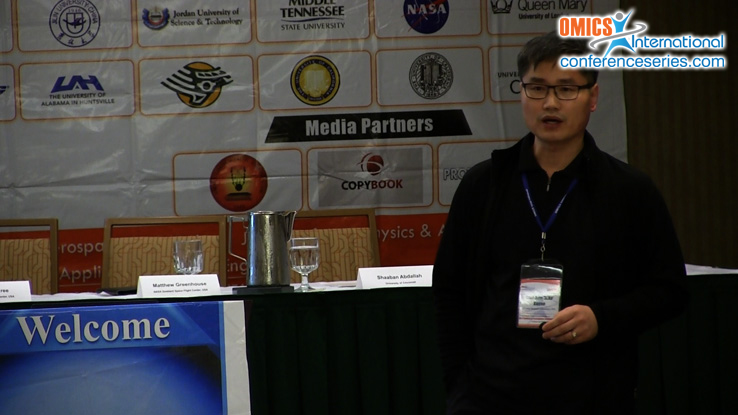
Chol-Bum ‘Mike’ Kweon
US Army Research Laboratory
USA
Title: Unmanned Aerial System (UAS) engine research at US Army research laboratory
Biography
Biography: Chol-Bum ‘Mike’ Kweon
Abstract
Demand for Unmanned Aerial Systems (UAS) aircrafts is projected to increase dramatically in the near future. U.S. Army has four major UAS aircrafts with varying propulsion technologies from battery, rotary, to diesel engines. Selection of the technologies is currently based on the power range: small UAS powered with battery, medium UAS with aviation gasoline powered rotary engine (28 kW), and large UAS with Jet fuel powered diesel engine (119 kW). Each technology has its own issues with a common issue of reliability. The major issue of the battery-powered UAS aircraft is its weight and flight time with a huge burden on soldiers who need to carry the battery system. Rotary engine technology has its inherent seal issues due to its large contact areas, and it is difficult to efficiently burn heavy fuels due to its inherent low compression ratio. The diesel engine version is the most reliable but it still has significant reliability issues. One of the major issues may be induced due to large fuel property variation of Jet fuels. For instance, Cetane number of Jet fuels varies from as low as 30 to over 50 in the battlefields which will have significant impact on ignition and combustion processes of UAS aircrafts at high altitudes. Abnormal combustion could lead to detonation which could damage the engines and lead to loss of aircrafts. In this presentation, the effects of fuel properties on UAS engine combustion will be presented. In addition, spray and combustion processes of different fuel properties will be presented both in experiment and 3D CFD.
Speaker Presentations
Speaker PDFs
Speaker PPTs Click Here




